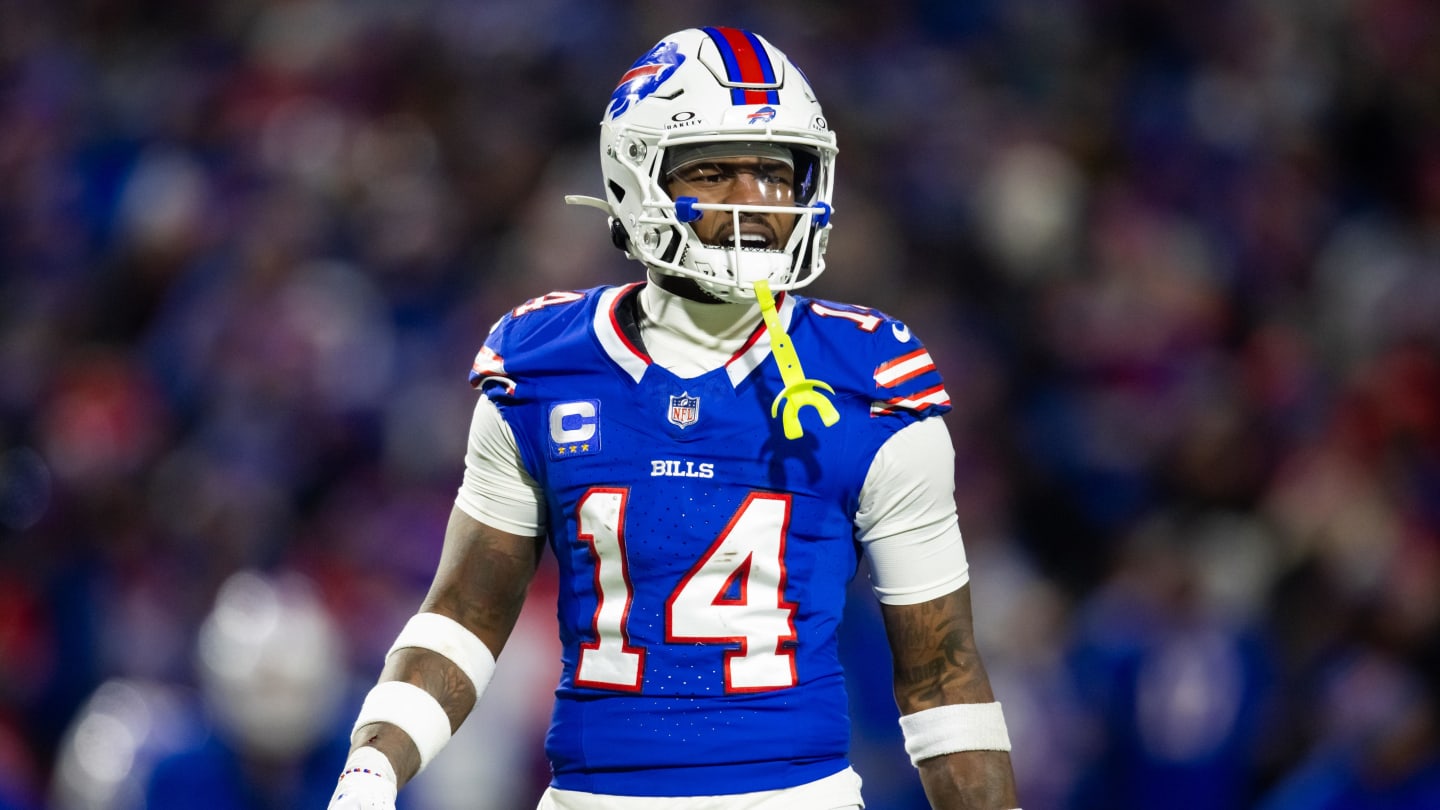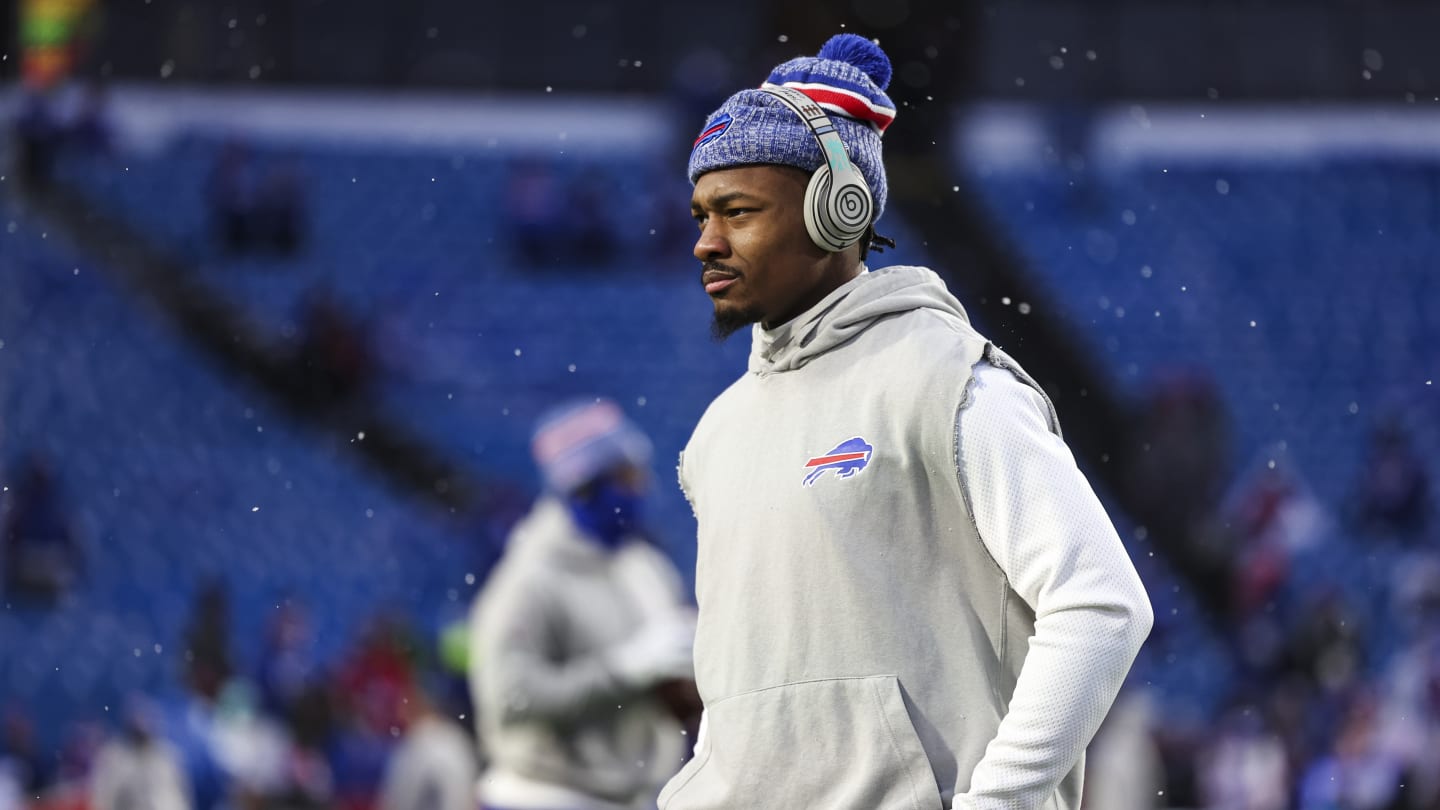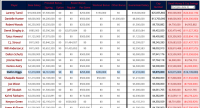• The concern if you’re the Houston Texans in this case would be what version of Diggs you’re getting and, to be sure, the drama that’s surrounded the star receiver was a factor in the decision to move him for Buffalo. But the context Houston lands him in is different than it’d have been if the Bills had held on to him.
Simply, it’s a fresh start for Diggs, and a chance to come out with something to prove, and it plays, to a degree, back to a piece of Houston GM Nick Caserio’s own football history.
Caserio was the Patriots’ receivers coach in 2007, when New England swung a fourth-round pick to the Raiders to land a similarly questioned star 30-year-old receiver. On Caserio’s watch, Randy Moss, motivated by being discarded, did produce perhaps the greatest season as a receiver has ever had with 23 touchdowns.
Seventeen years later, Caserio is affording Diggs the chance to gain a similar level of redemption in an environment that, while it’s not what New England was then, is getting really good with the potential to be better. Diggs will play alongside Tank Dell, Nico Collins and Dalton Schultz, and with C.J. Stroud pulling the trigger behind an accomplished, veteran line. He’ll also be playing his home games inside again, after doing so over his first four NFL seasons with the Minnesota Vikings.
So I wouldn’t bet against the ultra-competitive Diggs having a kind of year in Houston that might not have happened had he stayed with the Bills.
And by the way, this is a really good job by Caserio of leveraging the rookie-contract QB edge the Texans have for the next couple years, alongside the signings of Danielle Hunter, Azeez Al-Shaair and Denico Autry, and the trade for Joe Mixon in March—even if Diggs might only be around for a single year.
• On that end, I do have some reservations about the Texans doing the contract adjustment with Diggs, guaranteeing him more than $22 million for 2024, and his freedom in ‘25. Remember, when you’re trading for a player, it’s not just the player you get, it’s the contract, and Diggs had four years left on his. So in this case, giving up a 2025 second-round pick, even with the fifth- and sixth-rounders coming back, is steep for one year of Diggs, because that second-rounder comes on a very affordable contract for four years.
But, again, for where the Texans are right now, it makes sense. If you combine this trade with the Vikings trade from March, the Texans moved down 19 spots in this year’s draft, from No. 23 to No. 42 (which, per the Jimmy Johnson draft chart, is equal to trading away the 63rd pick) in order to get that year of Diggs, move a seventh-rounder into the sixth round (232nd to 188th), and land a 2024 sixth and a ‘25 fifth. Which is good value.








